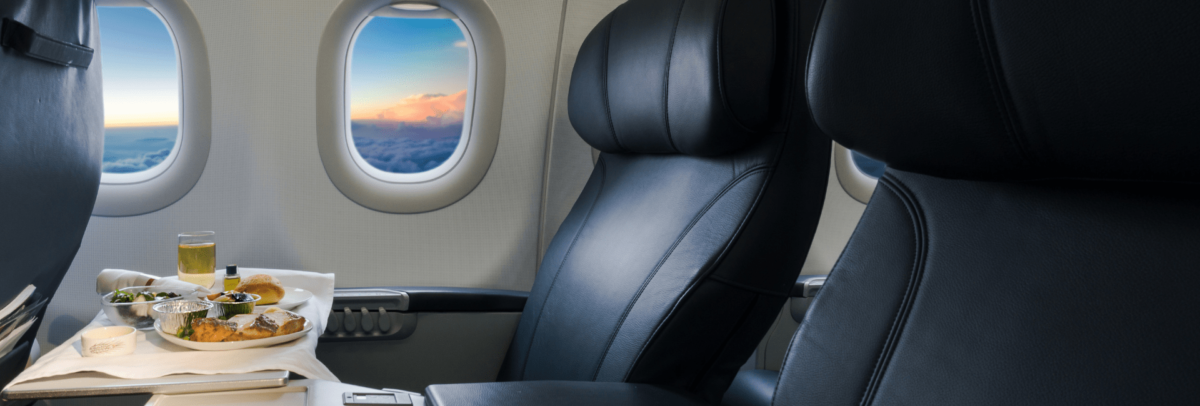
Earlier this week, Dr. Michael Boroson, Chief Technical Officer (CTO) of OLEDWorks, wrote an article that was featured on the educational platform OLEDLight.org. From their thin form factor and light weight, to their healthy and comfortable light quality, Dr. Boroson discusses why OLED lighting offers a competitive advantage to commercial airlines.
Originally published on OLEDLight.org
OLED Lighting for Commercial Aerospace
2021 is a year of supply chain transformation focused on restructuring and cost reduction to position airlines for long-term profitable growth. Every component is evaluated for SWaP: size, weight, and performance. In commercial airlines, every gram of weight matters in improving fuel efficiency, and every millimeter of space saved adds to passenger comfort.
In a SWaP analysis, OLED lighting wins out over LED in size, weight, and performance.
Size: Today’s LEDs require a heat sink, diffuser, and casing, which OLED lighting does not. Without the need for components that diffuse the light and minimize glare, OLED panels less than 2mm thick can be direct mounted, saving overhead space and allowing for greater cabin design freedom.
Weight: Every gram affects fuel consumption and total lifetime costs. In addition to a need for more components, LEDs require a large number of circuit boards to serialize ambient overhead lighting. With fewer components, OLEDs have the potential to drive down the weight by up to 50% compared to comparable LEDs. Reducing weight not only cuts fuel costs but helps airlines work toward their reduced emissions targets.
Performance: OLED panels provide 90% uniformity, a significant advantage over LEDs which are typically 50% or lower. This uniformity reduces passenger fatigue and eyestrain, as their eyes do not have to work to modulate the light. OLEDs also reduce localized heat, improving cabin comfort.


